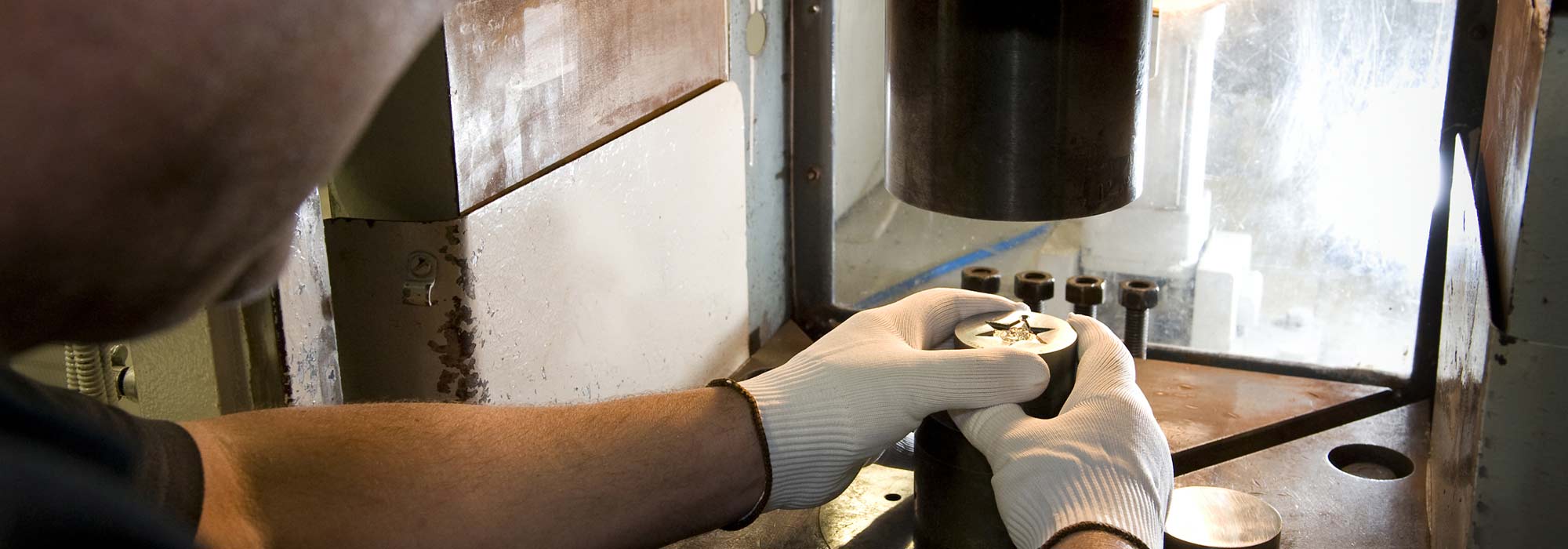
Maybe we’ve been too modest about our medal making, or maybe we’ve just been doing it for so long that it’s become second nature to us, but our part in making the first batch of Arctic Star medals and Bomber Command clasps has inspired us to share some lesser-known information about this part of our business.
Medals are produced in a dedicated ‘Medal Cell’, staffed by highly skilled craftsmen and women who all have aninspiring passion for their work. The Royal Mint liaises directly with the diverse organisations that issue the medals, awards and honours. On occasion we are honoured to deal directly with Her Majesty The Queen or HRH Prince Philip, Duke of Edinburgh both of whom take a keen interest in medals. Our Museum also holds historic documents and artifacts that add fascinating background to the story of medals at The Royal Mint.
Sandra Stoll is a Programme Manager who is working on a major project to catalogue and classify all the medals and awards we produce. We interrupted her for a few moments to talk about some of the intriguing aspects of her work.
Which medals are made at The Royal Mint?
Sandra: This divides basically into two types, Honours and Decorations and Prize Awards:
Honours and Decorations are high volume as they are usually awarded to active-service personnel like the Military forces, Police/Fire/Ambulance/Prison Services, Ministry of Defence, the Foreign and Commonwealth Office and so on. Examples would be the Defence Medal and the Conspicuous Gallantry Cross.
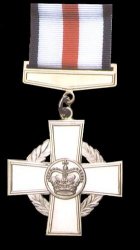
The Conspicuous Gallantry Cross
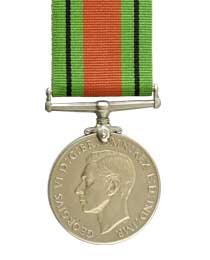
The Defence Medal
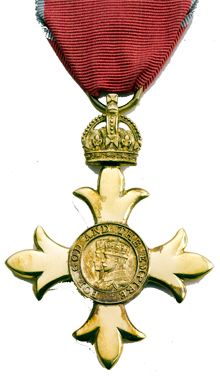
The Order of the British Empire
Among the most prestigious military medals we make are the Service Crosses or Gallantry Medals, such as the George Cross, the civilian equivalent of the Victoria Cross; and the Military Cross, made here since its creation in 1914.
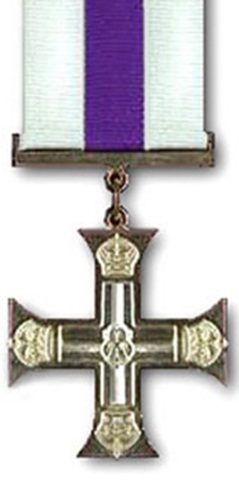
The Military Cross
We are still occasionally requested to produce Second World War medals when these are awarded or claimed, maybe posthumously.
Prize Awards, given by a diverse range of bodies including the Royal Household, Royal Societies and many Universities and colleges, are also among the wide range of medallic items made by our skilled craftsmen and women.
How long has The Royal Mint been making medals?
Sandra: There is historical evidence of official and private medal manufacture dating back several centuries. A notable date is 1815 when the manufacture of the Waterloo Medal marked the first production of Military campaign medals.
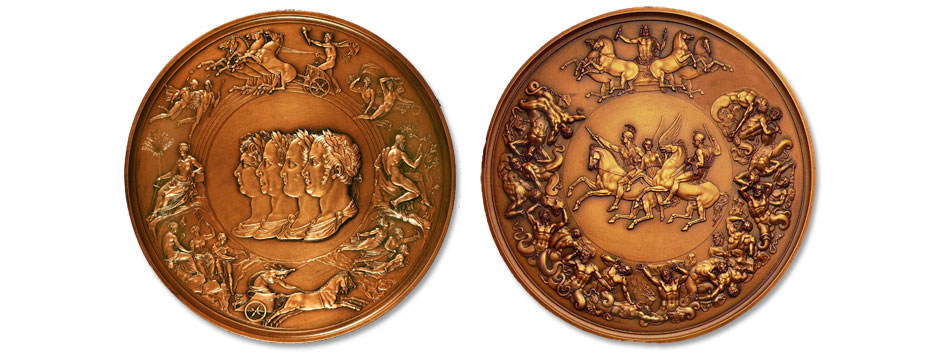
Royal Mint Engraver, Benedetto Pistrucci’s dies for the Waterloo Medal – held at The Royal Mint Museum
Does The Royal Mint have the sole right to make UK medals?
Sandra: Not any more. For many years, we were the sole manufacturer of Military medals but since 2010 we have had to compete in the market place to win new medal contracts, the same as other manufacturers.
Have medal-making processes changed much over the years?
Sandra: Traditional skills have been nurtured here for centuries, and our craftsmen still use some 100-year-old tools and dies. Many people are amazed to hear that dies from 1910 are still in use today. Witnessing this are Apprentices Manuals held in our Museum from many years ago, that record the progress of new craftsmen.
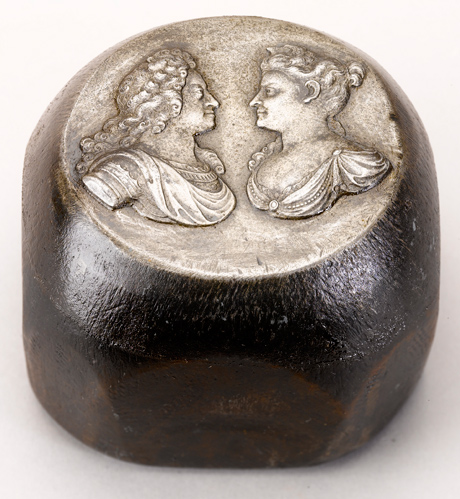
John Croker’s punch for the obverse of his Royal Family medal of 1732 – held in The Royal Mint Museum
However, we also embrace new technology and processes as appropriate, regarding the metal alloys used, size of medals, production methods and so on.
How is the design of a new official medal decided?
Sandra: For official medals, the design process is led by The Royal Mint Advisory Committee, as it is for all coin and medal designs. Artists are invited to submit their designs to the Committee and whichever body is commissioning the new medal is represented on the Committee to have input to the decision. However, the contract for the manufacture of the new medal is put out to public tender and The Royal Mint competes with other companies for the contract. If the medal carries Her Majesty’s effigy, approval of the design is announced in the London Gazette and the manufacturer is awarded a Royal Warrant.
What new medal designs have been approved recently?
Sandra: Most recently, the Government announced the award of the Arctic Star medal and Bomber Command clasps for military service during the Second World War. We have recently been given the honour of producing the initial batch of these.
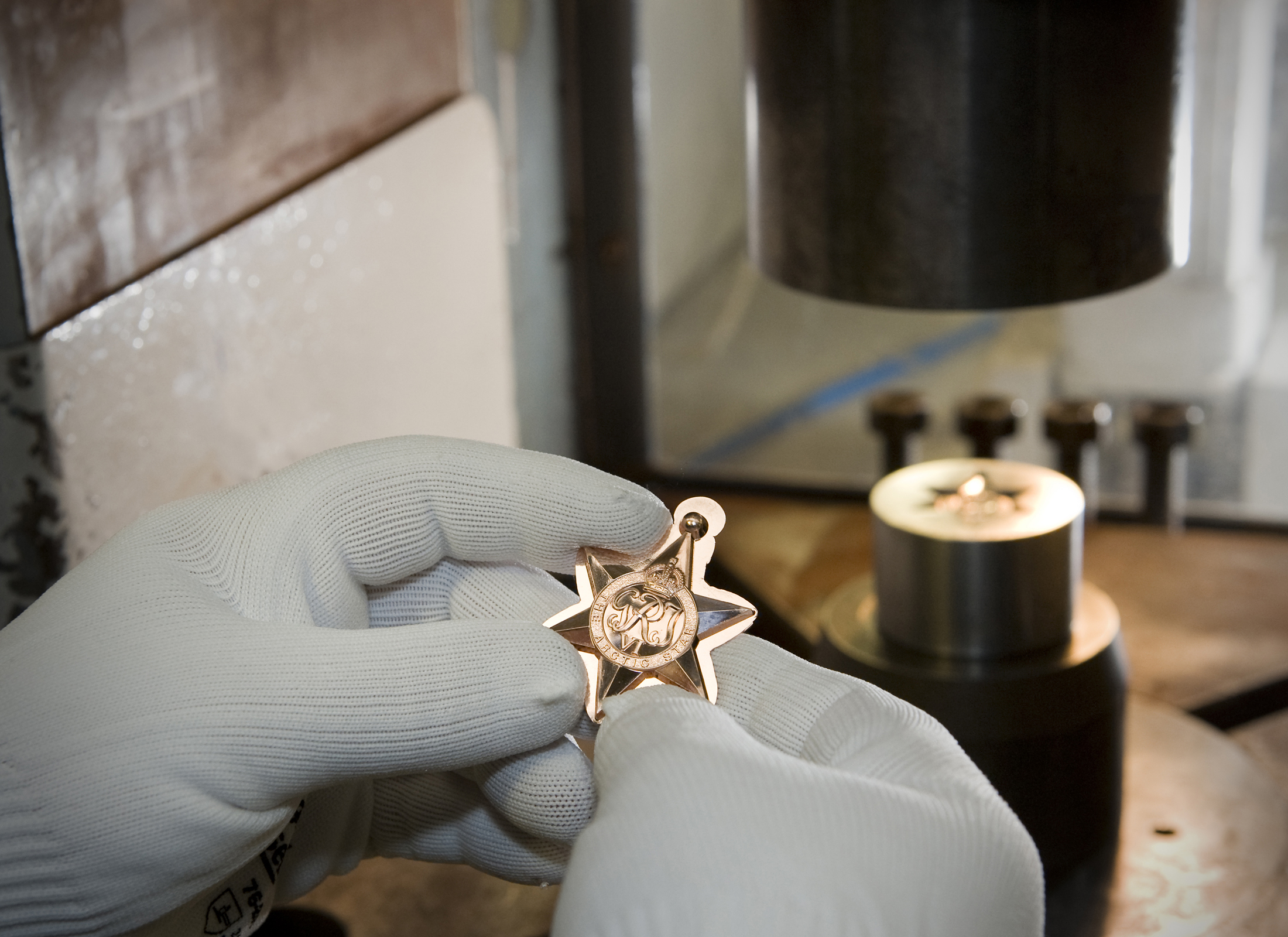 One of the first Arctic Star Medals to come off the press at The Royal Mint
One of the first Arctic Star Medals to come off the press at The Royal Mint
The Queen’s Ambulance Medal was a new award produced in 2012 and The ‘Overseas Territories’ medal’s name was changed last year from the ‘Overseas Colonies’ medal and six new designs were produced.
Can The Royal Mint help if a medal is damaged or lost?
Sandra: Yes! We do this quite often, for example, we have recently repaired a few London 2012 medals, as well as restored and cleaned some 1984 Seoul Olympic Games medals, although we did not originally make them. This is a service we are happy to provide, plus sometimes a tour of The Royal Mint for the Olympian involved. Get in touch if you have a medal that needs attention!
Interesting Facts About Medals
Our Museum has a record of Royal Mint employees who were awarded First and Second World War medals – medals that were made by their colleagues while they were carrying out the military service that won them the award.
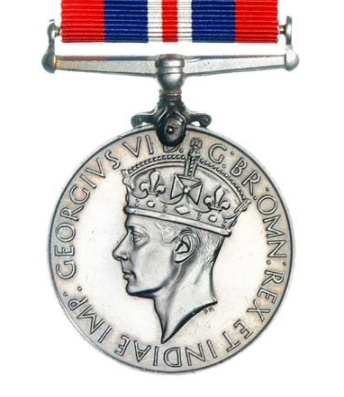
Second World War Medal – Obverse
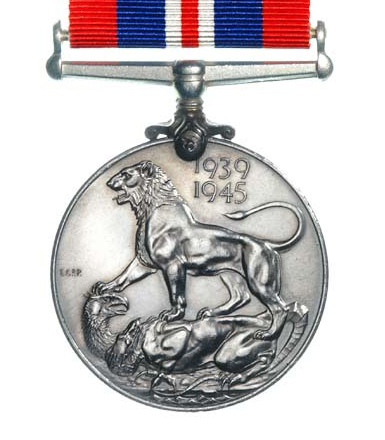
Second World War Medal – Reverse
HRH Prince Philip served as president of The Royal Mint Advisory Committee from March 1952, soon after The Queen’s accession, until retiring in 1999. He took a great interest in and contributed much to the design of medals and coins at The Royal Mint during that time.
Find out more about this fascinating area of our work on The Royal Mint Museum website.
Discover great stories from history and how we're celebrating these moments within The Royal Mint
Read more
